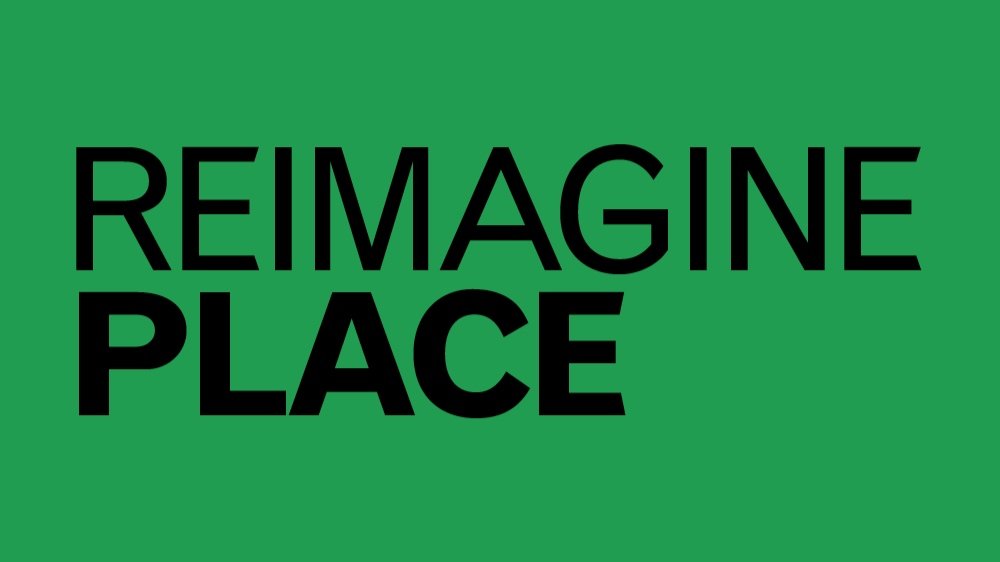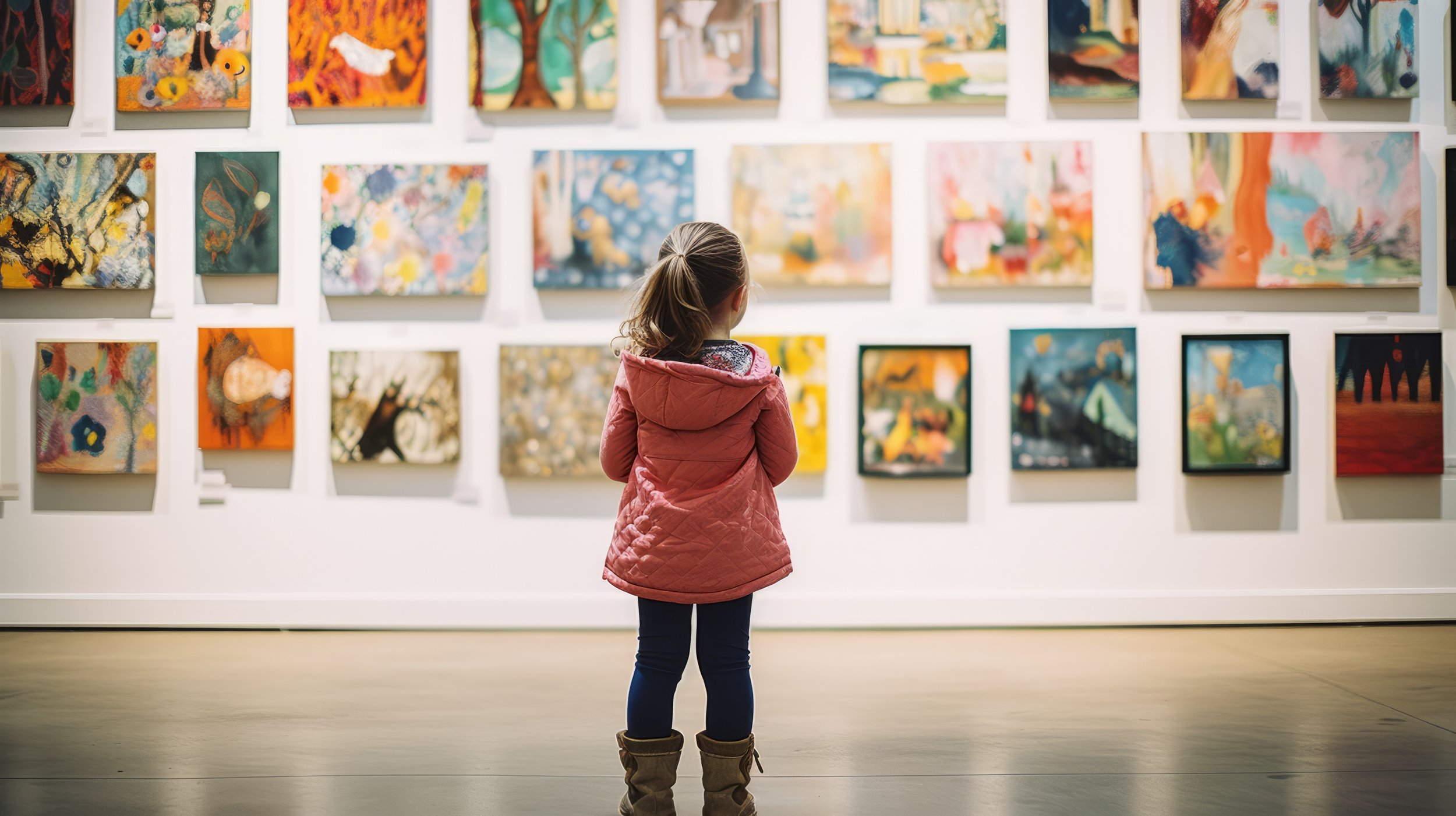What do cuts to arts and culture mean for our towns and cities?
Building better places, increasing people’s sense of belonging and boosting civic pride will continue to be an uphill battle as long as we devalue arts and culture, argues Laura Bell.
In the last few weeks, much has been said about swingeing cuts to arts and culture across the UK. Fears have been expressed that Birmingham will become a “cultural wasteland” after the Council declared bankruptcy, and a similarly apocalyptic tone marked news that Nottingham Council is proposing a 100% cut to investment in cultural organisations.
But as two-thirds of councils say they’re cutting services with parks, leisure and arts and culture at the top of their lists, what do we know about the links between art and culture and placemaking?
Studies carried out over the last decade by the Local Government Association, Arts Council England and the great and the good of the arts and placemaking world have consistently shown that investment in cultural activities, arts organisations, museums, libraries and the like can help improve lives, regenerate neighbourhoods and support local economies.
More than that, it can attract visitors, bring people together and play a strong role in building the identity and prosperity of places, creating stronger communities and inspiring change.
The Arts Council has helpfully ‘told it like it is’ about the value of public investment in arts and culture with three key points;
Arts and culture contributes £10.6bn to the UK economy with a £27bn creative economy which brings £850m into the UK through tourism each year
Arts and culture help tackle social injustice with theatres, museums, galleries, and libraries the beating heart of our towns and cities, bringing communities together. And,
Our creative industries are known worldwide, not only attracting visitors but supporting international trade links.
Dig a little deeper as they did in their Evidence Review into Arts and Place Shaping, and all the things that build stronger communities that we see working with towns and cities across the UK are explored.
The most successful places are those that firstly have a plan for future growth and development but, secondly, and perhaps most importantly, those with bags of social capital. Those places are full of volunteers and people willing to roll up their sleeves and positively contribute to their communities. From volunteering with the RNLI to sitting on the board of a local school or running a youth club, social value can really drive a strong sense of belonging and positivity about a town or city. Tapping into this social value to enable and support the development of local leaders is becoming a lynchpin for the sleeping giants – those forgotten towns that will soon claim the recognition and success they deserve.
Arts and culture builds bridges between communities. Cultural events are a chance for people to come together under a shared experience breaking down barriers and fostering understanding between different social groups.
Art, culture, sport, and leisure can be instrumental to delivering change. We’d be hard-pressed to identify that one thing, that one event, one exhibition, one visit, one meeting that makes a difference. Everyone’s experience is different and it’s impossible to measure the impact a visit to a local library to read a book or a close-up stare of a painting has. But it can trigger anything and everything from improved mental and physical wellbeing to a new career.
It can be instrumental in diverting people away from pathways to crime and preventing periods of ill-health. A review by The All-Party Parliamentary Group on Arts, Health, and Wellbeing showed that the arts enable people to take greater responsibility for their own health and wellbeing. Participatory arts activities help with depression, stress and anxiety for all ages. Cultural organisations are able to prove positive impacts from living with long term conditions to recovery from ill health and prevention. The Department for Digital, Culture, Media, and Sport, estimates that the total annual NHS cost savings due to reductions in GP visits is £168.8 million.
We could write all day on any one of these points, but with government and local authorities desperate to create healthy, viable, strong, and resilient communities, the value of arts and culture alongside sports and leisure cannot be undervalued.
All are essential to successful place-based approaches and the damage that will be done to communities if services are cut, reduced, or not offered in the future will be immeasurable and irreparable.

